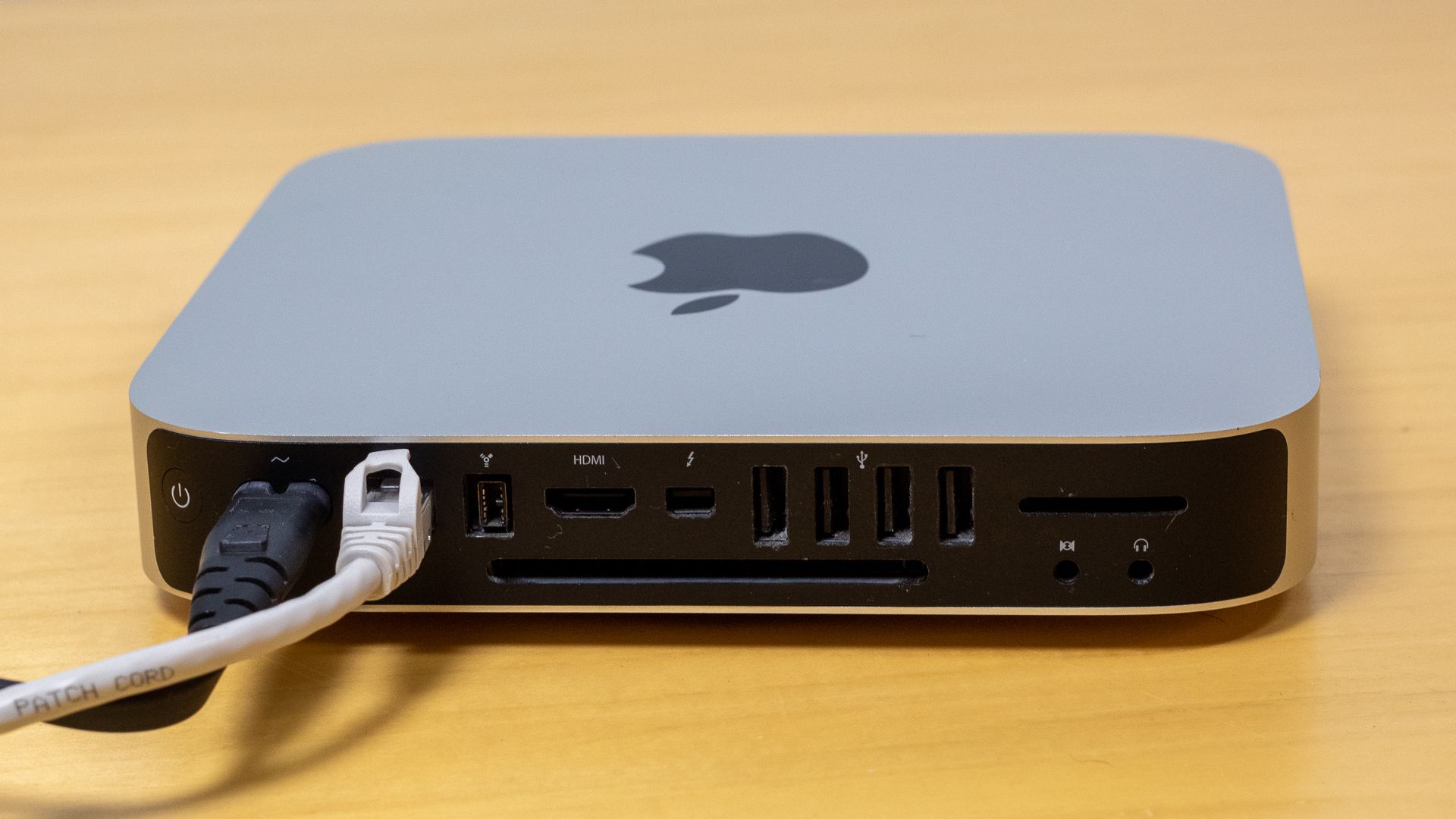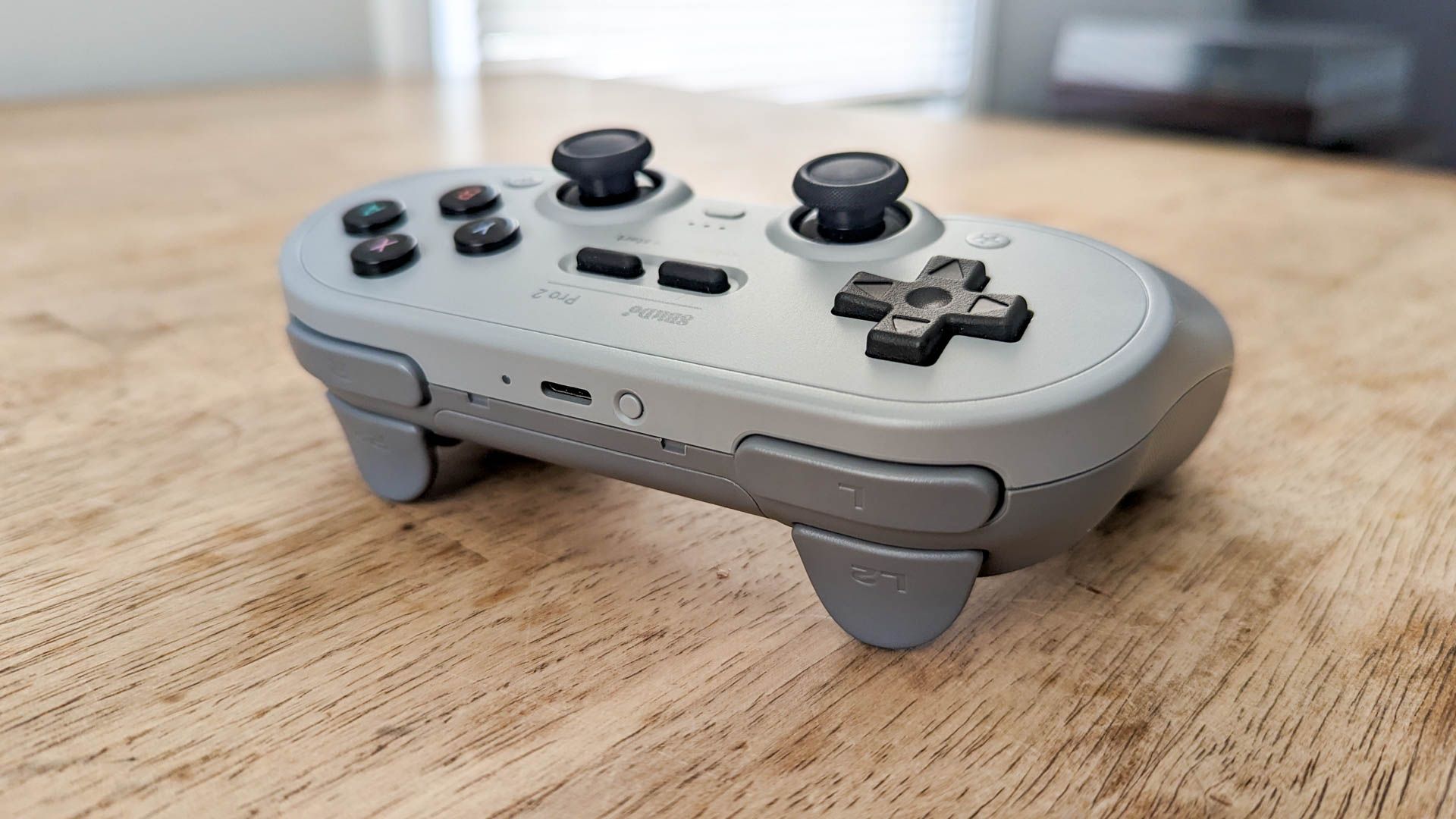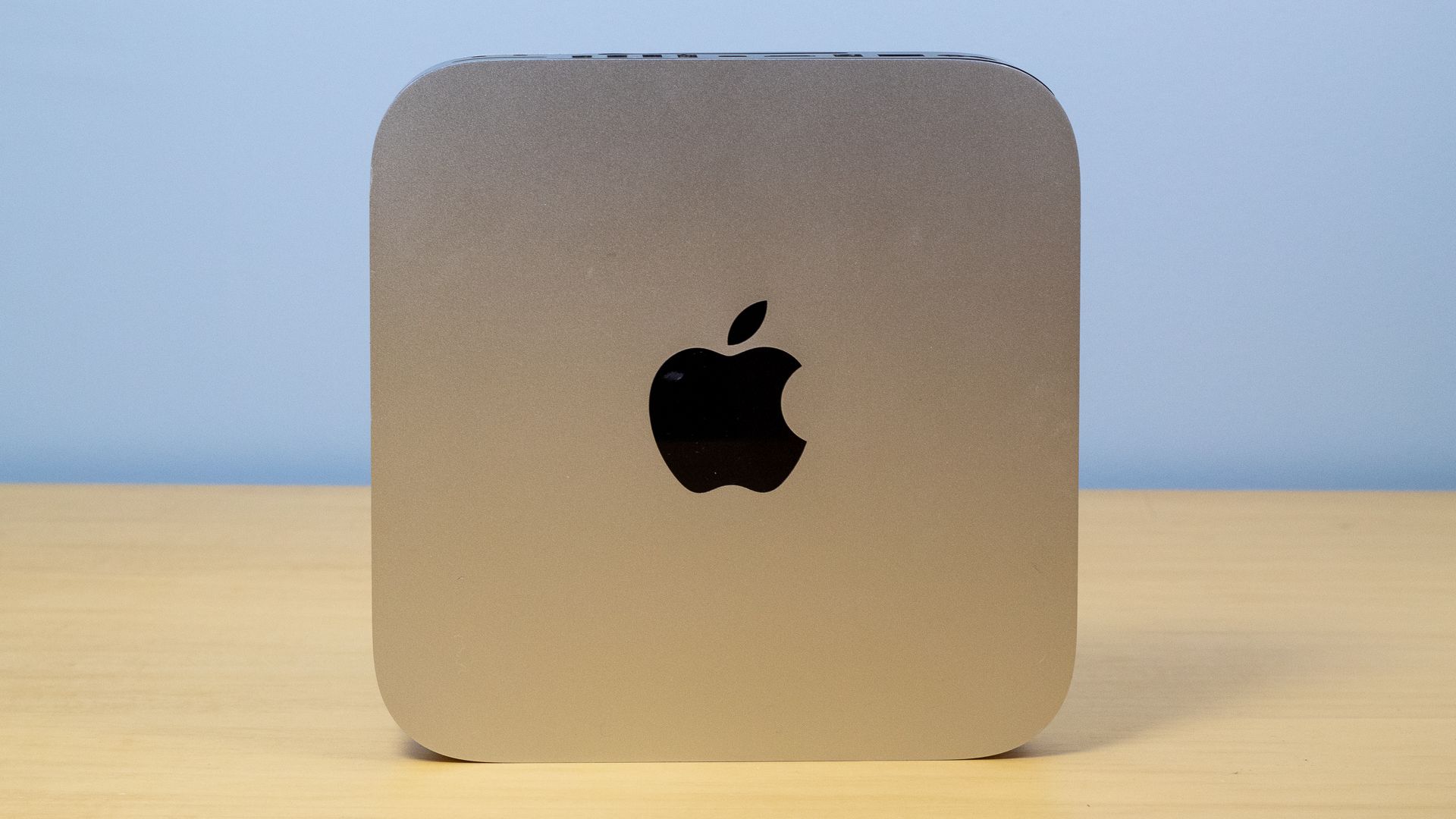Tech News
Don't Throw Away Your Old Mac Mini, Repurpose It
Quick Links
Repurposing an old iMac is usually more trouble than it's worth. But a Mac Mini—that's a totally different story. The Mac Mini's tiny footprint lends itself to some genuinely useful projects and can be useful long beyond its support date.
Turn Your Old Mac Mini Into a Home Server
Are you familiar with network-attached storage (NAS) devices? A decent NAS can replace your cloud storage and media streaming subscriptions, spin up a gaming server, provide local storage for IP security cameras, host virtual machines, and fulfill dozens of other tasks. Your old Mac Mini is far more powerful than the average NAS device, and you can turn it into a home server in under a minute.
File server functionality is arguably the best part of owning a NAS device, so let's start there. Enter your Mac Mini's System Settings and open the "Sharing" menu—you'll see it at the bottom of the System Settings window on macOS Monterey and earlier releases, though it was moved to the "General" tab in macOS Ventura. Once you're in the "Sharing" menu, enable File Sharing. Your old Mac Mini's file system will now appear in the Network tab of your new computer's Finder or File Explorer. You can upload files to it or download files from it, just like Dropbox or another cloud storage service. (You'll need to enable "Remote Access" from the "Sharing" menu if you want to tap into the old Mac Mini from outside your home.)
You can also use the Mac Mini as a wireless Time Machine backup system. Open the File Sharing menu (click the "i" button next to "File Sharing" if you're using macOS Ventura or later) and press the "+" button to create a new shared folder. After creating the folder, right-click it from the File Sharing list, go to "Advanced Settings," and enable "Share as a Time Machine Backup Destination." The old Mac Mini will now appear from the Time Machine setup menu on other Macs in your home.
For more advanced home server functionality, you'll need to install some server-specific applications. Plex Media Server allows you to stream movies, shows, and music from your old Mac Mini to any device inside or outside your home. The Minecraft Server software lets you host a Minecraft world for friends and family, SecuritySpy can turn your Mac Mini into an IP security camera manager, while Parsec allows you to stream emulated games to your smartphones, tablets, or computers. Enabling "Screen Sharing" from the "Sharing" menu opens another world of possibilities—it lets you see and control your Mac Mini's desktop from any device. You might use screen sharing to interact with virtual machines on the Mac Mini, for example.
You can also turn on "Remote Management" to access your Mac Mini from outside your home. Note that this option increases your exposure to malware and hackers. I suggest that you leave remote access disabled until you're more experienced with home server functionality, especially if you're running an older version of macOS.
Convert Your Mac Mini Into a Linux Machine
Instead of struggling with an outdated version of macOS, try using a Linux distro on your Mac Mini. Operating systems like Ubuntu, Debian, Linux Mint, and ChromeOS are super lightweight and run blazing fast on old Mac hardware. They also receive regular security updates—something that isn't true of old, unsupported macOS releases. (I only recommend doing this with an Intel Mac Mini. Newer Apple Silicon Macs aren't a viable platform for Linux and won't be for some time.)
Those who are comfortable with Linux will have no trouble using Ubuntu or Debian on a Mac Mini. That said, Linux Mint and ChromeOS are ideal for casual users who want something that "just works."
Download the ISO of your preferred Linux distro and use it to flash a USB thumb drive. Plug the thumb drive into your Mac Mini, reset the Mac Mini, and hold the Option key on your keyboard after you hear the startup chime. You'll be met with a bootloader. Boot into your Linux distro and hit the ground running.
If you'd prefer to use ChromeOS, fire up the Chrome OS Flex tool and follow the instructions provided by Google. Note that ChromeOS does not support Android apps when booted on a Mac Mini, and it doesn't support disc drives or other "obsolete" hardware components.
Old Intel Macs Are Still Good for Gaming
Gaming on an Apple Silicon Mac is still a mess. That said, your old Intel Mac Mini may be a good option for gaming, so long as you stick with indie games, older AAA titles, or emulators. If your Mac Mini has a Thunderbolt 3 port, you can pair it with an external GPU for enhanced performance. And Macs running 10.14 Mojave or earlier releases support 32-bit games—a surprising number of modern-ish titles, such as Metal Gear Rising, are 32-bit.
Does your computer monitor have more than one video port? If so, dedicate the Mac Mini to a single port so you can quickly switch to it when you want to game. Use a keyboard and mouse with device-switching capabilities, such as the Logitech MX Keys Mini and M720 Triathlon, to effortlessly switch between the Mac Mini and your main machine. Or, use a wireless gamepad with Steam Big Picture Mode for a more console-like experience. RetroArch also has a controller-friendly interface, if you're more interested in retro games emulation.
Your old Mac Mini can also stream games to a smart TV, phone, tablet, or computer via Steam Link. It's a neat trick if you can tolerate a little bit of lag. Alternatively, plug your Mac Mini directly into a TV.
Sell, Donate, or Trade In That Old Thing!
Can't find a use for your old Mac mini? Well, you should get rid of it before it's completely obsolete. Consider donating it to a school or another facility—Apple has a recycling program, but I suggest looking for local donation programs that make meaningful change in your community. You could also search for local recycling or electronic waste facilities, if you'd prefer to go down that route.
Don't want to donate? You could always go through Apple's Trade In program to score a gift card or a discount on your next purchase. Apple won't pay a fortune for your old Mac Mini, but it'll throw you a bone. If you aren't happy with Apple's trade-in offers, you could always sell your Mac mini on eBay, Facebook Marketplace, or Craigslist.
Regardless of whether you donate, recycle, or sell your old Mac Mini, you need to wipe its contents before handing it off to its new owner. This is important for privacy reasons—duh—and it ensures that the Mac Mini is not "iCloud locked."
When you subscribe to the blog, we will send you an e-mail when there are new updates on the site so you wouldn't miss them.


 Josh
Hendrickson
/
How-To
Geek
Josh
Hendrickson
/
How-To
Geek Hannah
Stryker
/
How-To
Geek
Hannah
Stryker
/
How-To
Geek Jordan
Gloor
/
How-To
Geek
Jordan
Gloor
/
How-To
Geek Josh
Hendrickson
/
How-To
Geek
Josh
Hendrickson
/
How-To
Geek
Comments